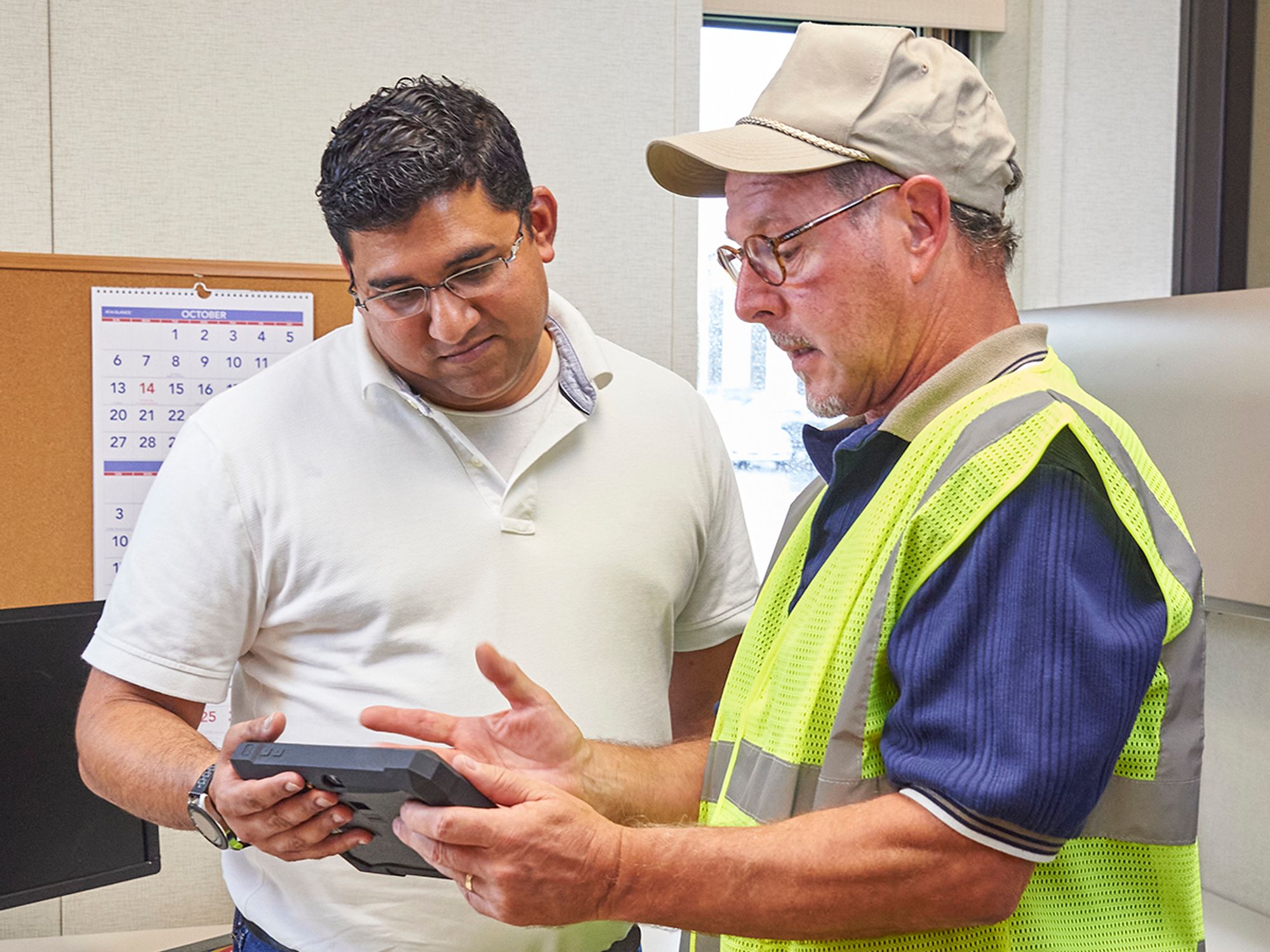How to know if a dashcam program is working?

- Simple dashcam systems, which only capture events involving abnormal g-loads, will normally see only a few events per month, per vehicle.
- Complex systems that use artificial intelligence logic not only capture g-loading but so many other driving events that the system will need to be screened to determine which ones are important enough to be addressed with the driver.
- If a carrier is effectively managing its dashcam program and drivers, the reduction in adverse driving events will be fast at first, and then slow as the drivers reduce bad behaviors.
If a carrier implements a dashcam program, it may question:
- Whether the dashcam program is successful?
- Are there benchmarks available to which the carrier can compare its internal data?
While it is natural for a carrier to want to compare its dashcam program to others, unfortunately there are no true external benchmarks because of the differences in systems and implementation.
Simple systems
Some systems are very simple and only capture events involving abnormal g-loads. These will record an event only if the vehicle undergoes a hard brake or severe side shift. With this type of system, carriers will normally see only a few (if any) events per month, per vehicle, during implementation. Once the system has been in use for a while, it is not uncommon to have only a few negative events per month fleet wide. The majority of these will be for hard braking. With this type of system, the goal should be zero per month.
With a simple system like this, the carrier should think through how thresholds are set. If low g-force limits are used or devices with low g-load thresholds, a lot more incidents will be seen than for a carrier with higher thresholds.
Complex systems
At the other extreme are the systems that use artificial intelligence (AI) logic. These will record events for not only g-loading but also for exceeding the speed limit, following too close, curving too fast (even if the vehicle did not lean), lane departure, failure to stop, and any other driving behavior that can be recognized by the system. These systems will generate so many events that a background screening program or a screening person needs to review the events to determine which ones need to be addressed with the driver. With this type of system, zero incidents would be a tough number to reach.
Best overall goals
No matter what type of system is used, the goal should be to reduce the number of camera-captured incidents and stop drivers that are repeating violations. If the carrier is effectively managing the program and the drivers, the reduction in events will be fast at first, and then slow as the drivers reduce bad behaviors. At that point, small improvements should still be the goal, but they are harder to achieve.
A common a goal is to see the fleet’s safety performance improve as the number of incidents decreases. Data from the National Private Truck Council (NPTC) shows that 52 percent of their fleet members are using camera systems (of varying complexity) in conjunction with other safety systems. These carriers have a DOT crash rate of less than 0.50 and Unsafe Driving and Crash BASIC scores in the single digits (the Unsafe Driving and Crash BASICs are the scores most impacted when a carrier uses cameras). These would be good goals for a carrier.
Recognition can help retention
After negative or high-risk events are minimized or at least under control, a carrier can redirect its attention to recognizing drivers for good performance. Drivers want to be recognized for the good things they do and when they help minimize loss or completely avoid a crash.
